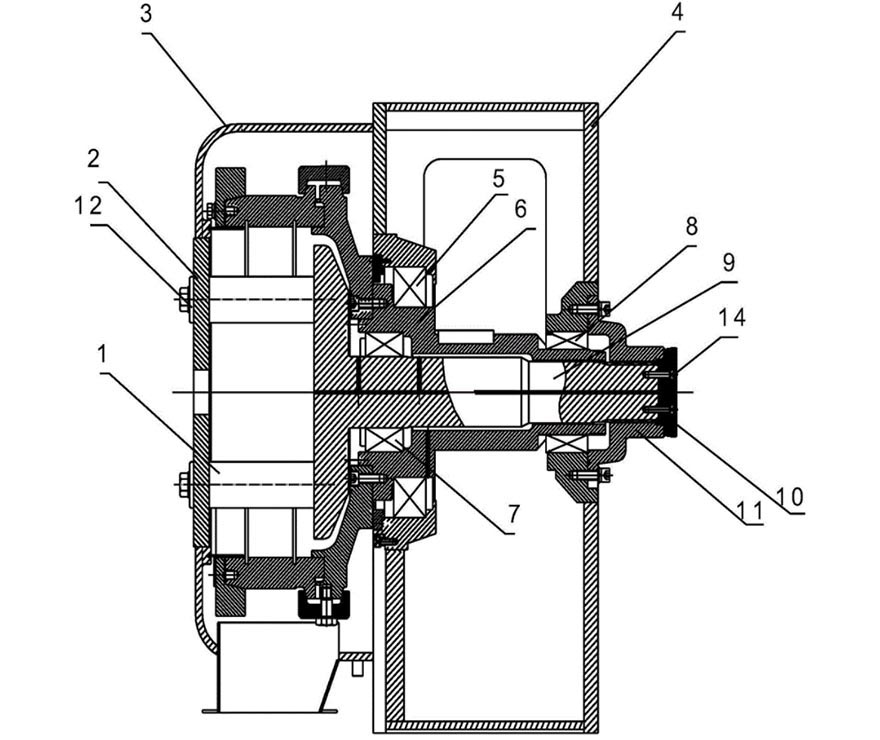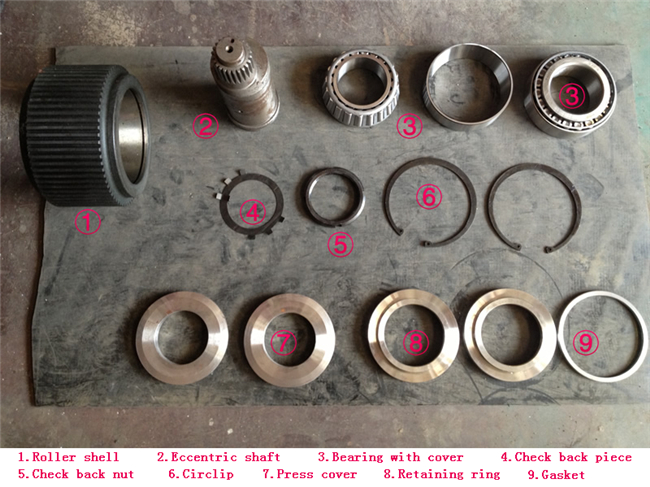Mold and die manufacturing may not be the newest production method, but it’s evolving. As new technologies emerge and priorities shift, trends and best practices in this industry are also changing. Manufacturers must keep up with these changes to stay afloat.
Not every facility must embrace every trend. Similarly, appropriate responses to these developments vary between situations. In all cases, it’s important to understand these changes to keep pace with the industry. Let’s explore eight of the biggest trends impacting mold and die manufacturers this year. Cattle Feed Pellet Making Machine

The most impactful trend of 2024 is one that’s affected all manufacturers over the last few years: continued supply chain disruptions have highlighted the need for restructuring. That may include supplier diversification, reshoring, nearshoring, or switching 3PLs for added efficiency or transparency.
Just 3% of executives today say they are not reconfiguring their supply chains. Of the 97% who are, 45% are increasing their number of suppliers, 26% are reducing them, and 18% are nearshoring to shorten logistics routes.
These trends show a movement toward resilience and efficiency. Mold and die manufacturers that can’t ensure the same improvements in their supply chains may feel the impact of geopolitical tensions or supply delays more heavily.
Automation is another trend that has grown in recent years but is reaching new heights in 2024. Many prior automation waves were fueled by technological improvements or a need for efficiency, but today, this shift stems mainly from labor shortages.
Manufacturers have recovered from the most extreme labor gaps amid the COVID-19 pandemic, but shortages remain. As of early 2024, there were still 622,000 unfilled positions in the sector. Some businesses fear that figure may worsen as the workforce ages and fewer young professionals opt for industrial careers.
Automation is a promising solution, especially in mold and die workflows, which rely on repetitive, easily automatable processes. Robotic machining tools, automated material handling, and automated mold filling are among the most impactful of these innovations.
Similarly, automated features will become more prominent in the design phase this year. Semi-automated design software like CAD is already standard in the industry, but artificial intelligence (AI) will take this trend further.
Generative AI can create mold designs for engineers to review and tweak in seconds. Alternatively, AI tools can simulate how a part will perform in the real world, revealing potential flaws molds may need to address to ensure a higher-quality product.
Up to 80% of product development costs stem from the design phase, so these improvements can yield significant savings. AI’s speed and accuracy help engineers design more effective molds in less time. As a result, prototyping costs and related labor expenses fall to ensure a more cost-effective product rollout.
Sustainability is another growing trend that affects all manufacturers. In a mold-and-die context, the rising push toward greener business practices will lead to an increase in alternative mold materials.
Many manufacturers will capitalize on this trend by using recycled silicone or other reused polymers. While these resources are not biodegradable, their reusability can reduce the industry’s reliance on virgin materials and related carbon emissions. However, as climate awareness rises and the sustainability trend becomes more serious, novel materials will become a more favorable alternative.
Starch-based thermoplastics are a promising solution, given their biodegradability and high performance. Hemp, polylactic acids, and other bio-based polymers will likely also see an uptick in adoption.
Additive manufacturing, also known as 3D printing, will become more common in mold and die processes in 2024. One reason for this growth is that 3D printing is more energy-efficient, supporting broader sustainability goals. Another is that it enables complex part geometries that would be difficult to produce otherwise, leading to wider mold variety.
Some organizations see 3D printing as an alternative to injection molding, but these processes are most beneficial when used together. Additive manufacturing can create rapid prototypes or produce low-cost, uniquely shaped molds and dies for conventional production. This best-of-both-worlds approach helps justify the upfront cost of 3D printers and balance efficiency with high output.
Like many other manufacturing sectors, the mold and die industry also sees rising data analytics adoption. Pressures to improve efficiency and product quality are rising, and new Internet of Things (IoT) and AI technologies provide the ideal vehicle to do so.
Predictive maintenance is one of the most impactful ways to capitalize on data analytics in this sector. Using real-time equipment data to enable need-based repairs can lower maintenance costs by 30% and eliminate 75% of breakdowns.
Manufacturers can also gather data from across the molding or die-cutting process to create digital twins of their workflows. Analyzing these virtual models with AI can reveal bottlenecks or the source of common production errors, informing more relevant optimization strategies.
The growth of micromolding is a more industry-specific trend that will rise in 2024. This practice covers producing components with dimensions at or below 100 microns. Such precision wasn’t always possible, but now that robotic tools have enabled this level of detail, it has many advantages.
Micro injection molding allows the production of minuscule components with a high level of detail. That advantage is becoming increasingly prominent as telehealth raises the demand for wearable medical devices and consumer electronics get smaller. Even if manufacturers don’t serve these industries, using equipment capable of micromolding increases their precision and lowers energy costs.
The mold and die manufacturing sector is also experiencing a trend toward custom production runs. Many industries are focusing on niche markets to differentiate themselves amid rising competition. Consequently, part suppliers that can tailor components to more specialized needs can foster more client loyalty.
This trend has become a key differentiator as it has increased. Faster-growing companies derive 40% more of their revenue from personalization than their slower competitors. While achieving high levels of customization can be challenging, that kind of opportunity is difficult to pass on.
Technologies like 3D printing and AI-assisted design support more personalization by enabling faster changeovers and shorter lead times. To take advantage of this trend, manufacturers may also have to source a wider variety of materials and adopt smaller production runs.
These eight trends highlight how mold and die processes are evolving in 2024. Manufacturers that hope to remain competitive in the coming years should take note of these changes.
Many of these trends are older movements reaching unprecedented heights. Some are newer innovations that will see continued growth well into the future. In either case, learning about them and the reasons behind them is the first step to long-term resilience.

Pellet Plant Image Credit: Shutterstock.com / Pixel B